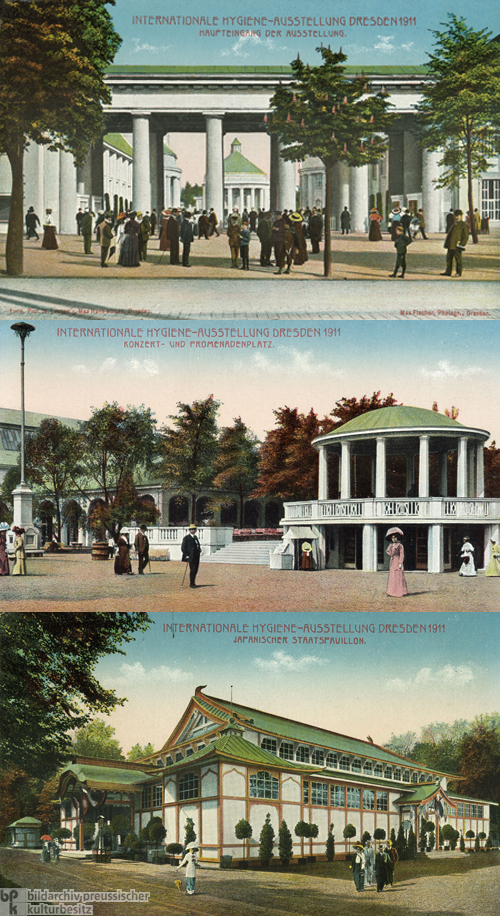I don't want to die. There, I said it.
Of course I accept that it's bound to happen sooner or later (although if my plan to have my brain scooped out and placed in a robot body comes to fruition I'm aiming for a lot later), but that's not to say I want to gamble with it now.
With all this warm weather we've been having recently (and with all the physiotherapy I've been having for my accursed gammy wrists) I've decided that this is the week that I'll dust off my bike and start cycling to work again. I've even considered signing up for one of those Boris Bikes that seem to be filling the streets of late; bringing a certain continental joie to vivre to our busy, ill-tempered and overcrowded road network.
Image: UPI news pictures
The problem is that the joy of the Boris Bike (for me) is the idea of carefree opportunistic wanderings through the Summer streets of London. I want to be walking down the street, see a bike rack and take off for a jaunt to explore strange new sights and possibly find a market or something else suitably decadent.
What I don't want is to have to be carrying around a bike helmet at all times, just in case. As it is I watch these blissful free-spirits wheeling past me with a mixture of envy and pity as I see the sunshine on their faces and the Reaper on their shoulders. Figures from TFL show that 34 people were injured riding Boris Bikes within the first 2 months of the scheme commencing, with 13 requiring emergency services. While this, of course, represents only a tiny fraction of the journeys made, it still leaves me unable to see a passing Biker, wind blowing in their carefree hair, without feeling a powerful desire to scream at them “Get a fuppin lid! For the love of God!”
A former colleague once told me, in hushed tones, that the whole bike helmet thing is an industry-led conspiracy and that in accidents in which one falls sideways off their bike and hits the side of their head on the edge of the pavement a helmet is actually more likely to result in a broken neck. I told him that I would note this and would henceforth promise to daily curse the charlatans who had sold me a product that would only protect me if I were to be involved in any number of more conventional accidents or one day headbutt an oncoming van.
Anyway, where was I?
Ah, spontaneity, yes. So the other day I got to thinking about how, if at all I and others of my lily-livered ilk might be able to hop on a bike without lugging a lid. Having dismissed bike-mounted helmets (hygiene, size and theft problems) and futuristic force-field-generating headbands (not real) I got to thinking about whether anyone had managed to create a decent portable bike helmet. And it seems they have, with varying degrees of success and plausibility.
Image: Ribcap
www.ribcap.ch
First up is the Ribcap beanie, which is essentially a padded hat. Designed in the first place for snowboarders, it is, even according to its own publicity, on safer territory protecting you from a tumble in the snow than a tarmac stage-dive. At £60 a go, however, that’s quite a wad for something that’s essentially “better than nothing.”
Image: CyclingChat.co.uk
For those looking for safety above style there’s the funkily-monikered Dahon Pango folding cycle helmet. This is a “proper” bike helmet, with sides that fold up to make it more portable. In fact, according to the manufacturers it folds down to half the size of a traditional helmet, but since this is practically all in terms of depth it’s still going to take up a fair amount of space in your bag (in fact practically the whole bag used in the demonstration video) and at a cool £80 it’s none too cheap either.
Finally then we come to a jaunty offering from France, with a collapsible helmet that really meets my personal brief. If you, like me, want affordability, economy and above all portability, why invest in padded wool or funky new-age plastics? What you want is wearable origami.
Image: Yanko, via Treehugger.com
Created with an eye to the Paris Vélo (the absentee father of Boris’ Bikes), this helmet has been produced by designers Caroline Journaux & Adrien Guerin to be the perfect solution for the opportunistic cyclist. While there is no mention on the Yanko site of exactly how much protection it would offer in the event of a fall, or even of when (or if) it will ever be for sale, this is a product on which I will be keeping a close (and careful) eye.
Image: Yanko, via Treehugger.com
And in the meantime, if anyone comes up with a bike that fits in your coat pocket or that headband-mounted force-field I’ve been banging on about, please let me know. I’ll be the one sitting on the bus, wishing it was a bike.











